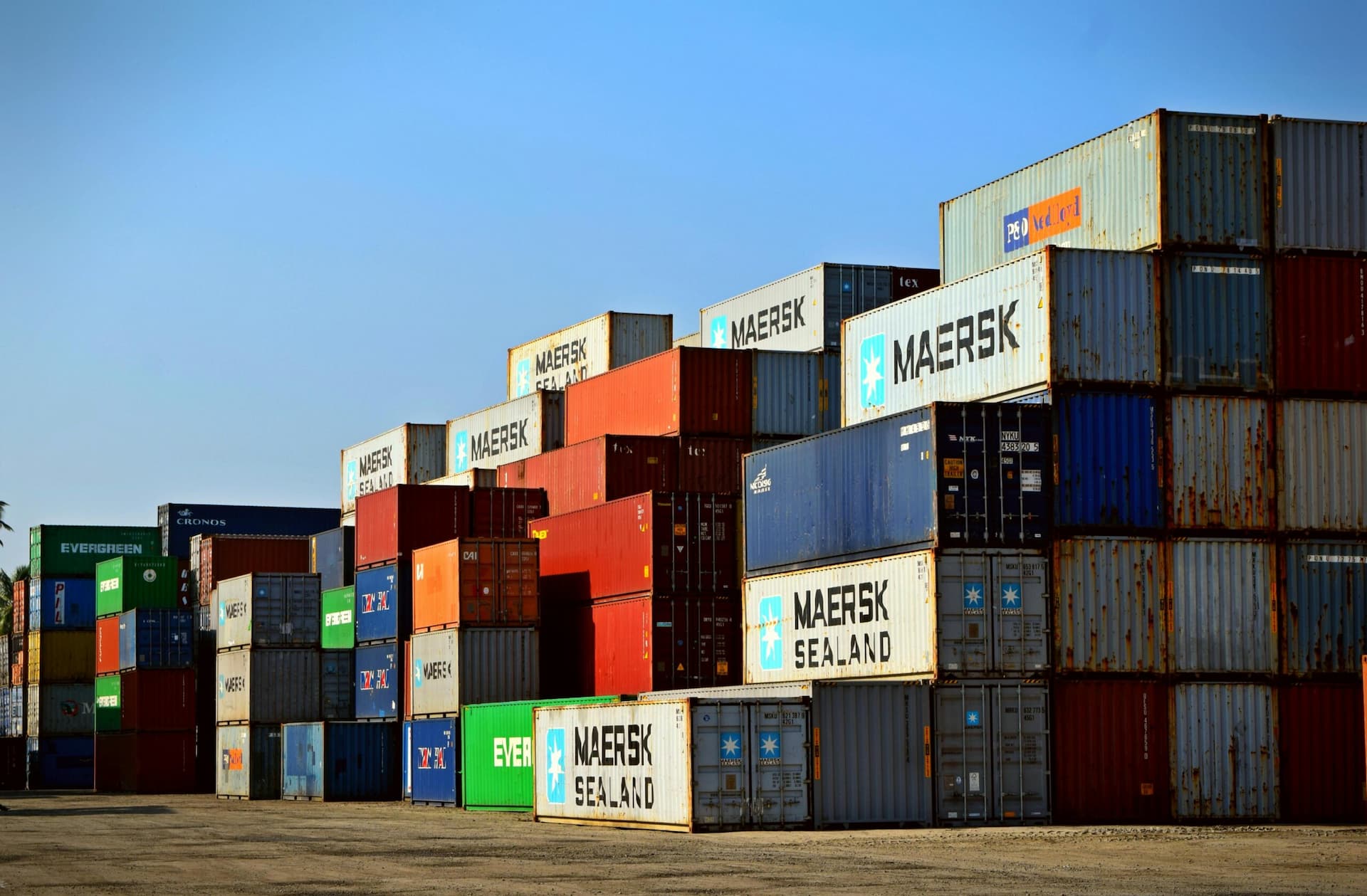
How to Pack and Prepare Your Freight for LTL Shipping
LTL shipping seems like it should be pretty straightforward, right? You’ve got some freight that doesn’t need a whole truck, so you share the space with other people’s shipments. Simple enough. But then you actually start trying to do it and realize there are about a million ways things can go wrong if you don’t prepare everything properly.
I’ve seen businesses get burned by damaged freight, unexpected delays, and surprise charges that could have been avoided with better preparation. The truth is, how well your LTL shipment goes really depends on what you do before the truck even shows up.
Working with a professional LTL shipping company definitely makes things easier, but they can only work with what you give them. There’s still plenty you need to handle on your end to make sure your stuff gets where it’s going in one piece and on time.
Here’s what I’ve learned about getting freight ready for LTL shipping without making rookie mistakes that’ll cost you later.
Understand What Counts as LTL Freight
So LTL typically handles anything between 150 and 15,000 pounds. It’s perfect when you’ve got more than what fits in a regular package but way less than what would fill an entire truck. You’re basically sharing truck space with other businesses in the same situation.
The thing you have to remember is that your freight is going to be handled multiple times and loaded alongside other people’s stuff. That means your packaging and labeling need to be bulletproof because your boxes or pallets are going to get moved around, stacked, and unstacked by different people at different facilities.
Understanding this shared-space reality helps you make smarter decisions about how to prep everything.
Choose the Right Packaging Materials
This is where a lot of people try to save money and end up paying for it later. You really want to use quality packaging materials – double-walled boxes for smaller items, good shrink wrap to keep everything secure and clean.
For bigger or heavier stuff, you’re probably looking at crates or pallets. They give you a solid base and make it way easier for handlers to move your freight safely. Just don’t use beat-up pallets that look like they might fall apart. I’ve seen pallets collapse during shipping and it’s not pretty.
Think of good packaging as insurance. You’re protecting your investment and making everyone’s job easier.
Palletize Your Freight Correctly
If you’re using pallets, how you load them actually matters a lot. You want to stack everything evenly and spread the weight across the whole pallet. Don’t just pile everything in the middle or on one side because it’s going to tip over or damage the pallet.
Use straps, shrink wrap, whatever it takes to make sure nothing shifts around during transport. And keep everything within the edges of the pallet. Anything hanging over the sides is going to get smashed when other freight gets loaded around it.
Taking a few extra minutes to do this right can save you from dealing with damaged goods at the other end.
Label Everything Clearly
You’d think this would be obvious, but I can’t tell you how many shipping problems come down to terrible labeling. Every single pallet or box needs a clear shipping label that anyone can read, with complete destination information.
Make sure those labels are actually going to stay attached and readable. Use weatherproof labels and put them somewhere visible. You’ll also need a bill of lading – that’s required paperwork that travels with your shipment.
If you can include barcodes or QR codes, do it. They help with tracking and reduce the chances of your stuff ending up in the wrong place.
Consider Special Handling Requirements
If your shipment needs any kind of special treatment – fragile handling, hazardous material protocols, refrigeration, whatever – you absolutely have to communicate that upfront. Mark it clearly on the freight and include it in all your paperwork.
Don’t try to sneak special requirements past the carrier because it’s going to backfire. They’ll either refuse the shipment, charge you extra, or handle it wrong and damage your stuff. Nobody wins when important information gets left out.
Being upfront about what you’re shipping protects everyone and helps ensure your freight gets the right treatment.
Coordinate Pickup and Delivery Times
Don’t forget about the practical stuff on both ends. Make sure you’ve got loading dock access when the truck shows up for pickup, and that you have the right equipment to actually get your freight loaded.
Check if there are any restrictions at the delivery location – specific hours for receiving freight, size limits for trucks, that kind of thing. Some places are really particular about when and how they accept deliveries.
Good communication with your carrier about timing and logistics prevents a lot of headaches and delays.
Making It All Work
Look, preparing freight for LTL shipping doesn’t have to be complicated, but it does need to be done right. Good packaging, clear labeling, and honest communication about what you’re shipping go a long way toward ensuring everything arrives safely and on schedule.
When you take care of the details on your end and work with a reliable LTL shipping company, the whole process becomes way more predictable and a lot less stressful. The time you spend preparing properly almost always pays off in smoother deliveries and fewer problems.
